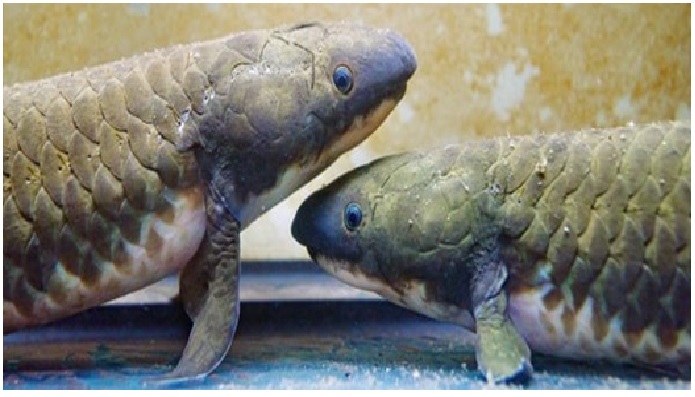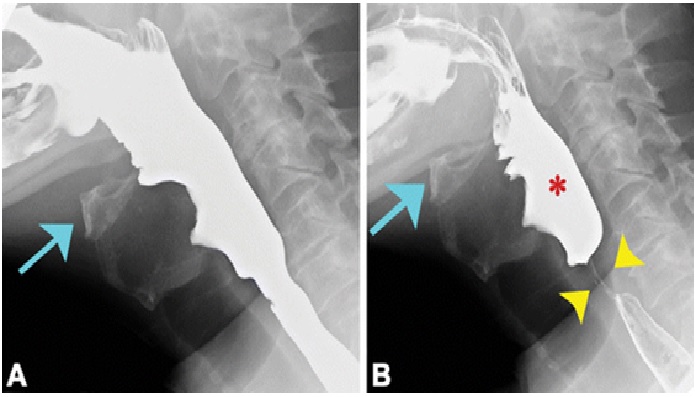Ancient Lungfish Fossils Help the First Tetrapod Brains
Flinders University researchers, studied the cranial cavities of six fossilized species of lungfish and found that the olfactory areas of ancient lungfish brains demonstrated high plasticity. The studies suggest important information about the formation and the function of the first tetrapod brains.

Figure 1. Ancient lungfish brains demonstrated high plasticity.
Figure 1 shows that the animals possessed a particularly powerful and adaptable sense of smell in comparison to their other senses. The team also found that these olfactory areas actually increased in size throughout successive species of lungfish.
"Our discovery shows that the brains of lungfish have been evolving constantly throughout their 400-million-year history," says primary study author Alice Clement, in a press release. "It suggests they have likely always relied on their sense of smell rather than vision to navigate their environments. This is quite unlike other fish which use sight much more powerfully." [1]
“Understanding how lungfish brains have changed throughout their evolutionary history helps an understand of what the brains of the first tetrapod might have looked like too — this can give us an idea of which senses were more important than others (such as vision vs olfaction).”
Using synchrotron and computed tomography, researchers created 3D models of the endocasts of Paleozoic lungfish species: Iowadipterus halli, Gogodipterus paddyensis, Pillararhynchus longi, Griphognathus whitei, Orlovichthys limnatis, and Rhinodipterus ulrichi, could be studied non-destructively. The fossils come from Australia, the US, Russia and Germany. [2]
"This paper effectively doubles the number of lungfish endocasts known, as their preservation quality is often damaged by a fossil being crushed or broken, and the brain itself has very poor preservation potential and is not currently known in any fossil lungfish," Dr Tom Challands says.
The six fossil and two extant taxa were subject to a 12-taxon data set for multivariate morphometric analysis using 17 variables.
"Studying our 'fishy cousins' lungfish continues to help us understand how fish first left the water some 350 million years ago and started to become land animals (tetrapod), and later humans. Perhaps some of their nervous system traits remain in us still," Dr Clements says. [3]
References:
- https://www.discovermagazine.com/the-sciences/the-minds-of-ancient-fish-may-explain-the-evolution-of-tetrapods
- http://www.sci-news.com/paleontology/paleozoic-lungfish-endocasts-10990.html
- https://thefactnews.in/study-discovers-brain-evolution-of-lungfishes/
Cite this article:
Sri Vasagi K (2022), Ancient Lungfish Fossils Help the First Tetrapod Brains, AnaTechMaz, pp.150















